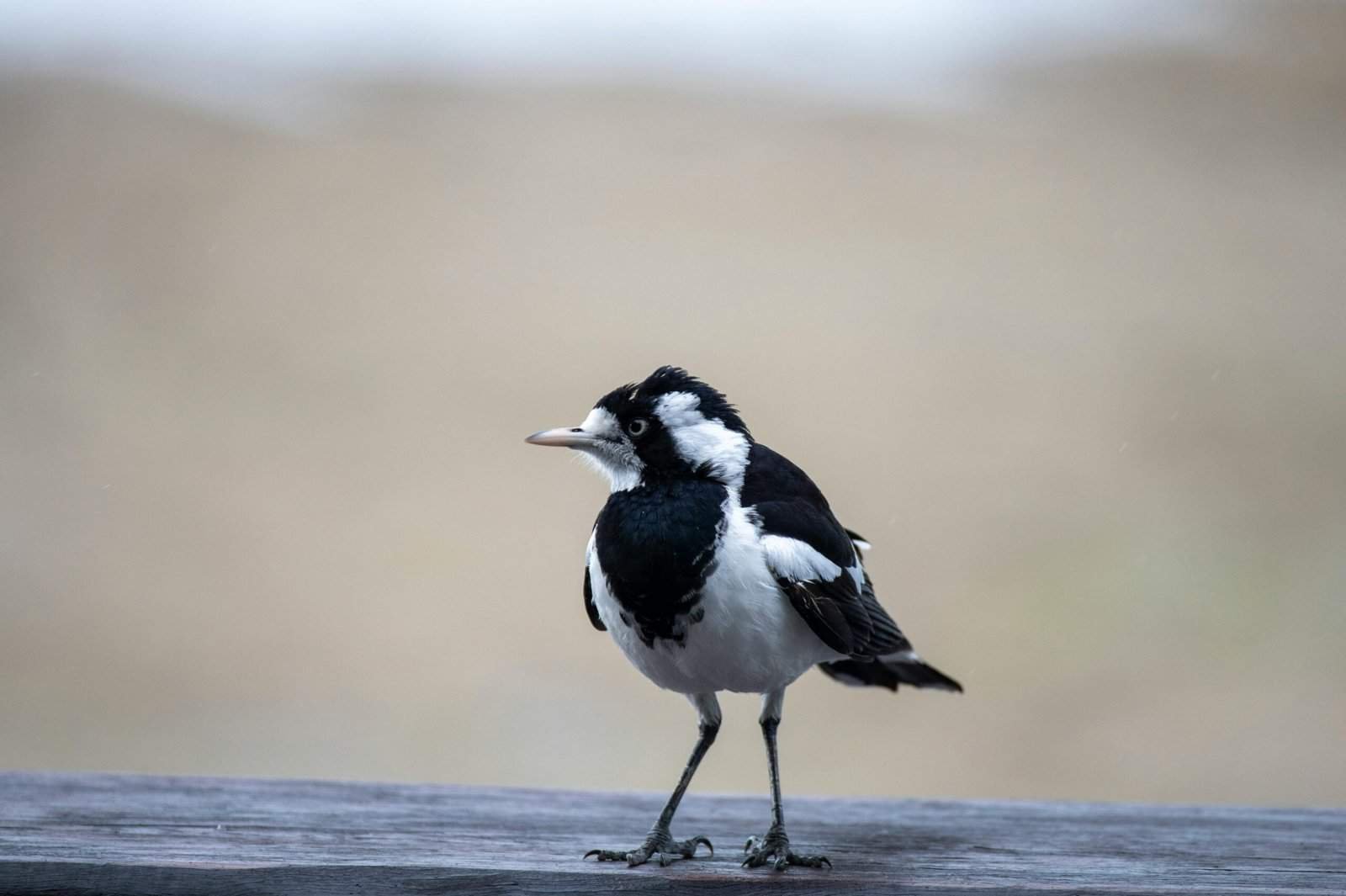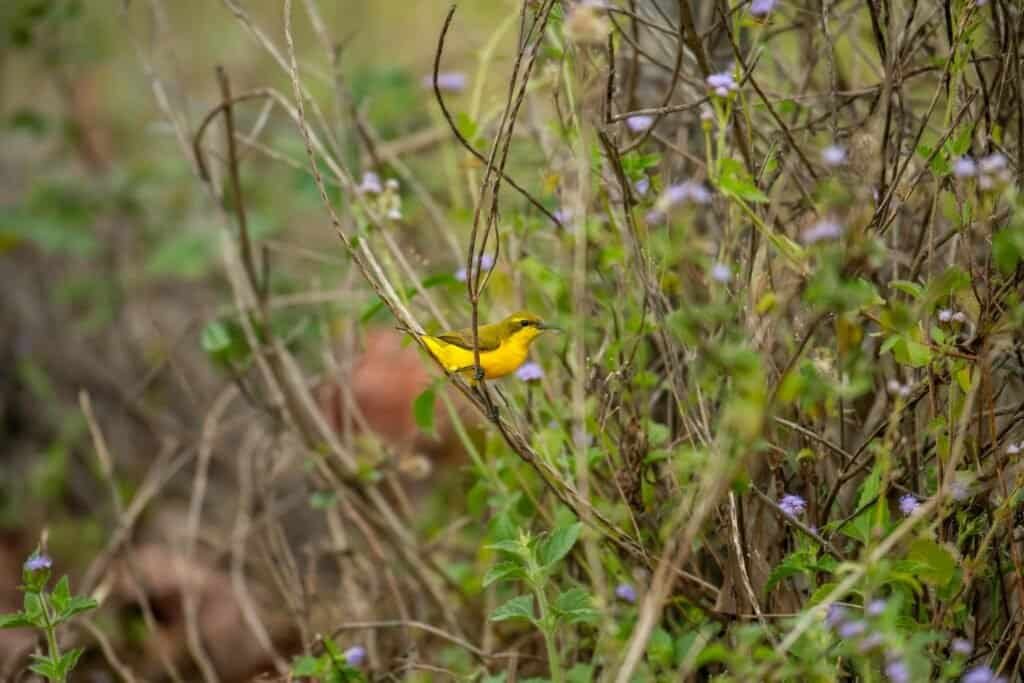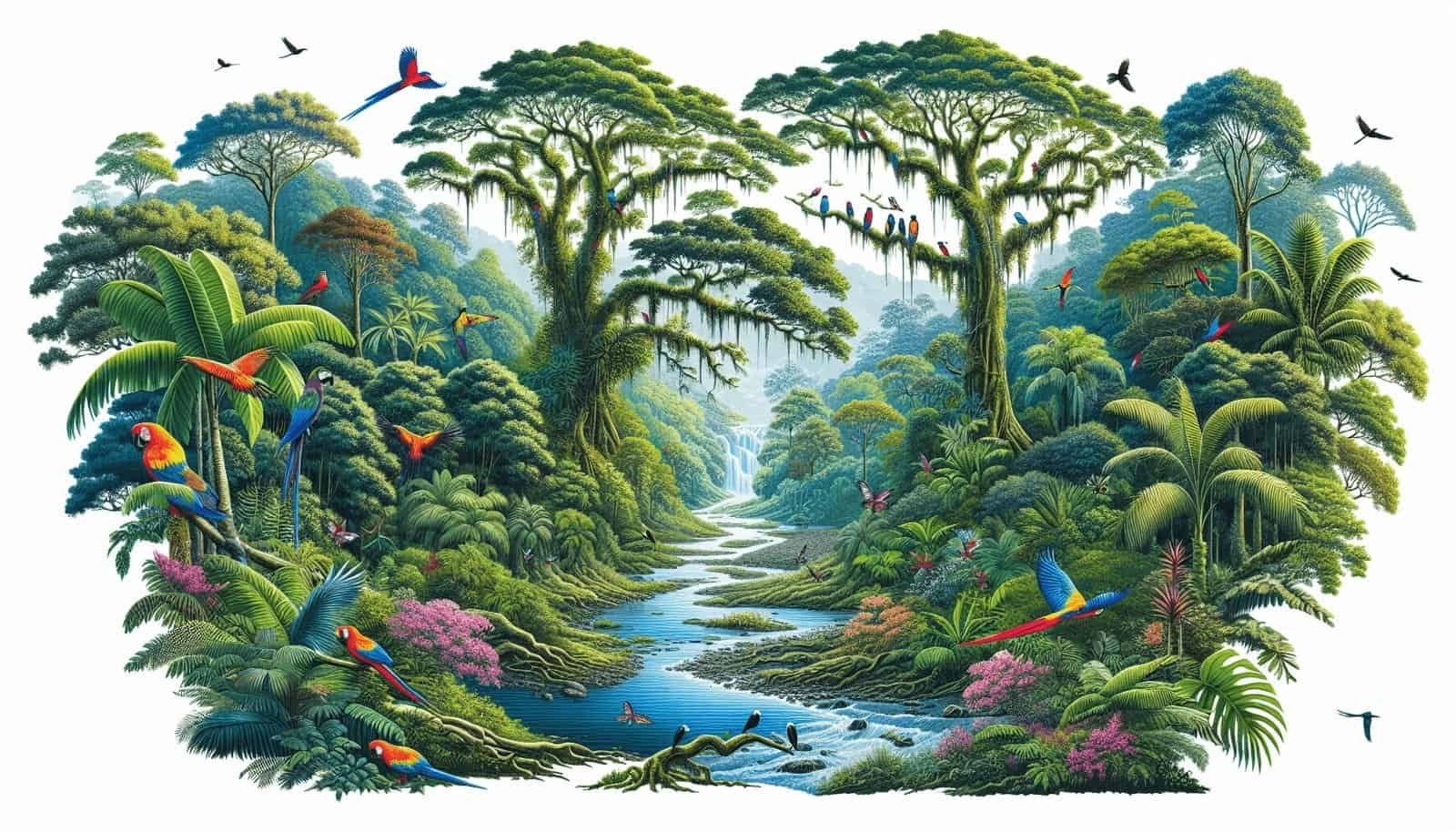Have you ever found yourself intrigued by the beauty of Nicaragua’s natural landscapes and wondered how the country works to preserve them? If thoughts about lush rainforests, rich biodiversity, and stunning coastlines captivate your imagination, then discovering Nicaragua’s efforts in environmental conservation might greatly interest you.
Learning about how Nicaragua manages its environmental conservation initiatives not only provides insight into the country’s dedication to sustainability but also offers lessons on how communities and nations globally can strive to protect their natural resources. This article aims to be your friendly guide on how you can deepen your understanding of Nicaragua’s efforts in this realm.
Understanding Nicaragua’s Biodiversity
Nestled in Central America, Nicaragua is renowned for its breathtaking ecosystems that range from tropical forests to volcanic landscapes. With such diverse habitats, the country is home to a multitude of unique wildlife species. Understanding the biodiversity in Nicaragua gives you a foundational view of why conservation efforts are crucial.
Key Ecosystems in Nicaragua
Nicaragua’s ecosystems are as varied as they are crucial to environmental health and conservation efforts. They include rainforests, cloud forests, dry forests, wetlands, and coastal areas, each hosting distinctive flora and fauna.
Wildlife and Indigenous Species
Nicaragua boasts of several indigenous species, including the jaguar, Baird’s tapir, and resplendent quetzal. Comprehending the plight and protection of these species is vital when you consider conservation initiatives in the country.
Government-Driven Conservation Initiatives
Government involvement plays a pivotal role in environmental conservation. In Nicaragua, several governmental policies and initiatives focus on ecological preservation.
Protected Areas and National Parks
Nicaragua has established numerous national parks and protected areas that cover over 20% of the country. These areas are essential for safeguarding habitats and species. Learning about these parks, such as the Bosawás Biosphere Reserve, can give you insight into successful conservation strategies.
Laws and Regulations
Understanding Nicaragua’s laws related to environmental protection, such as the General Law on the Environment and Natural Resources, helps comprehend the legal frameworks that govern conservation practices.

Community and Non-Governmental Organization (NGO) Efforts
Besides governmental actions, community involvement and NGOs substantially contribute to environmental conservation. Delving into these local and international efforts can showcase the collective responsibility toward maintaining ecological health.
Key NGOs in Nicaragua
Organizations like Fauna & Flora International and Paso Pacifico work tirelessly in Nicaragua to foster conservation through biodiversity surveys, habitat restoration projects, and community education programs.
Community-Based Conservation
Community initiatives often involve local landowners and indigenous communities. By promoting sustainable tourism and eco-friendly practices, these initiatives help preserve natural resources while supporting local livelihoods.
Challenges Facing Conservation in Nicaragua
Like any country, Nicaragua faces challenges that hamper its conservation efforts. Understanding these hurdles is essential to grasp the full scope of environmental efforts in the nation.
Deforestation and Land Use Change
Illegal logging and agricultural expansion have significantly impacted Nicaragua’s forest cover. Examining these challenges provides insight into the threats against which conservation efforts fight.
Climate Change Impacts
Climate change poses a global threat, affecting Nicaragua with increasing hurricanes and unpredictable weather patterns. Understanding these impacts allows for better appreciation of resilience efforts.

Educational Resources and Opportunities
If your journey into Nicaragua’s conservation efforts piques your interest, numerous educational resources and opportunities can extend your knowledge further.
Online Courses and Webinars
Platforms like EdX and Coursera offer courses on environmental conservation and biodiversity, sometimes featuring case studies relevant to Nicaragua.
Books and Publications
Numerous books and scientific journals provide in-depth looks into Nicaragua’s ecosystems and conservation policies. Titles like “A Natural History of Nicaragua” can be very informative.
Volunteering and Eco-Tourism Opportunities
Volunteering with conservation projects offers hands-on learning experiences. Organizations provide opportunities to contribute to ecological health while learning about local cultures.
Future of Conservation in Nicaragua
Nicaragua’s future conservation efforts hold much promise, potentially enhancing the country’s ecological and socio-economic structures.
Technological Advancements in Conservation
Advancement in technology plays an increasingly significant role, from using drones for forest monitoring to employing data analytics for tracking wildlife populations.
International Collaboration
Collaboration with international bodies ensures that Nicaragua remains at the forefront of integrated and sustainable conservation methodologies.

Conclusion
Exploring the conservation efforts in Nicaragua unveils an elaborate blend of natural beauty, community involvement, and strategic policymaking. By understanding the country’s journey in safeguarding its ecosystems, you can appreciate the complexity and necessity of environmental conservation. Whether you choose to dive deeper into educational resources or participate in community projects, your interest in learning about these efforts signifies a step towards greater ecological awareness and appreciation.
